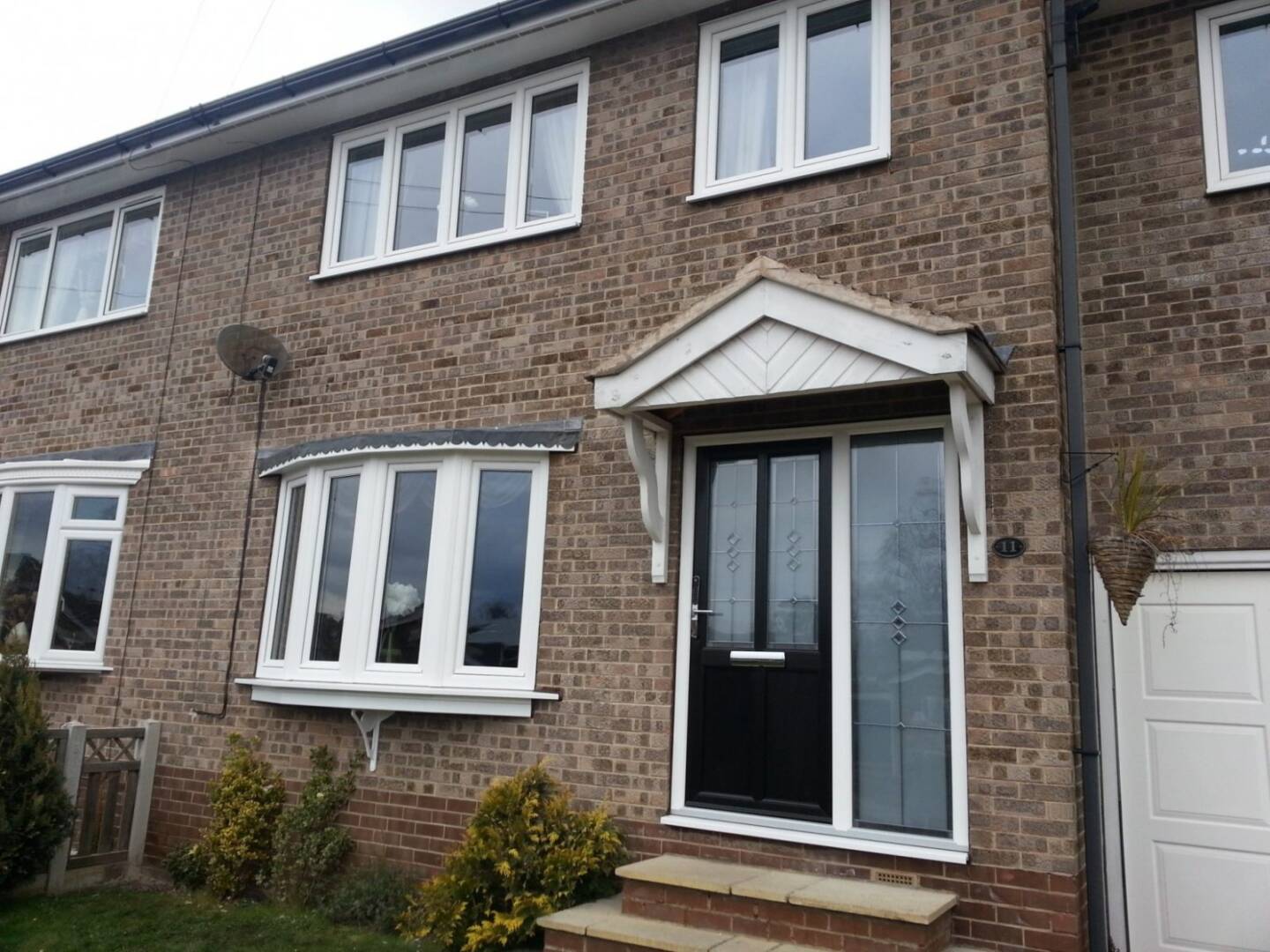3D printing has been a technology that has taken off in all sorts of industries so quickly. It’s also become a lot cheaper. In fact I saw over Christmas a magazine subscription that allowed people to build their own 3D printer week by week! If you go on to YouTube you’ll be able to see all sorts of amazing videos of 3D printers creating all sorts of things. The tech is now cheap, and it’s applications are endless. It’s also going to change the way our industry works.
Endless prototypes
For fabricators and systems companies, high quality 3D printers shouldn’t mean a massive investment. This means that spending a relatively medium amount on a 3D printer will allow the companies a cheap and plentiful means to create endless prototypes for all sorts of potential new products.
The cheap plastic injection technology can allow for an almost unlimited chain of changes, alterations, ideas to all parts of window and doors products. I have seen some 3D printed prototypes of window products in the past and I’m always impressed when I see them.
It’s also a great way for companies to see if their prototypes will work in real life. It’s a great way to spot mistakes cheaply, before they become more expensive problems further down the line.
Ideal for manufacturing specialist parts
3D printing isn’t restricted to just plastic. You can have printers that use powders, metals, resins, ceramics, brass, silver and even gold! So this means that strong, durable products can be produced using the 3D printing method.
It’s got me thinking that for those odd, one-off, awkward parts that are sometimes hard to produce for windows, doors and glazed extensions, could now be made quite easily and affordable at the same time. Think about all those awkward conservatory box gutters angles. No more rubbish welding. 3D printing could accurately churn those out in no time, cheaper and even better built in some cases.
Even the more regular parts could be made via 3D printing. I’m thinking here about new, nicer looking trickle vents, fixings etc. The possibilities are endless.
A way to make windows on mass?
I touched on this subject last year, when I last looked at 3D printing. In that post I argued that there could be a way for 3D printing to be used to start making windows properly. And with the technology as advanced as it is, I see no problem in a 3D printer being able to pump out a 600 x 1200 side hung using the schematics of any systems company. Would it be cheaper than traditional methods? At this time probably not.
But one area I would like to look at is if 3D printing a full window is more energy efficient than traditional means. So far I don’t think any research into that has been done. If any one out there has a 3D printer and knows what sort of carbon footprint these things make then please leave that info in the comments section below.
Right now, mass window and door production through 3D printing isn’t cost effective. But as the technology continues to fall in price, becomes more efficient, then I can see it becoming even more integrated into our industry in the future.
As always, all comments welcome in the section below.
To get daily updates from DGB sent to your inbox, enter your email address in the space below to subscribe:
[wysija_form id=”1″]





